Future casting is good fun, but the American home actually evolves quite slowly over time. Even revolutionary innovations, like indoor plumbing and central heating, took decades to reach full adoption. And so, when we put on our futurist’s cap and imagine how homes will change in the next ten to fifteen years, the truth is they probably won’t look so different from the homes of today.
Still, while the basic roof-and-four-wall approach to home design won’t change much, some new features and technologies will impact how we live in 2030 and beyond. Here are five with big potential, based on what the pros at HomeAdvisor see today.
#1: Advanced Diagnostics
In 2019, home repair is mostly reactive. The fridge goes on the fritz, and you call an appliance repair person. The toilet starts leaking, and you hire a plumber. By 2030, many homes will feature advanced diagnostics, thanks to the placement of sensors on electrical and water lines, where they’re able to monitor the health of major systems, fixtures, appliances, and more.
Think of the technology as a check engine light for the home, enabling homeowners to get out in front of problems before they turn catastrophic.
#2: The Dominance of Sound
Homes have always been visual, making sight the dominant sense. In the future, sound will play an increasingly vital role. This change is already underway, thanks to the rise of smart speakers and voice control. Artificial intelligence (AI) is now powering digital assistants with voice biometrics, or the ability to distinguish your voice from that of other people in the home.
The technology will pave the way for all kinds of tech-driven personalization, from the convenient (you walk in a room, announce yourself, and your preferred playlist and lighting preferences kick in) to the health-enhancing (your digital assistant uses emotion-detection to measure mood and stress levels and make recommendations accordingly). Not surprisingly, Amazon, with its ubiquitous Alexa digital assistant, is leading the research around emotion recognition.
#3: Master-on-Main
By 2035, one in five Americans will be aged 65 or older, and most older Americans already say they plan to stay in their homes as they grow old, according to AARP. A bedroom on the ground floor (aka “master on main”) helps make that “aging in place” possible by eliminating the need to climb up and down stairs. “Older adults are one fall away from losing their independence and being stuck in a nursing facility,” says Jeffrey DeMure, an architect and author of Livable Design, a book and website which lays out a basic program for using inclusive features in residential design.
In homes where a dedicated master on main isn’t practical, look for an uptick in flex spaces, or rooms that serve one purpose most of the time (a home office, for example) but can sleep an individual with limited mobility as needed.
#4: High-Efficiency HVAC
Heating and cooling equipment has become more efficient over the years, but HVAC contractors say there’s still room for improvement. That should drive more installations of ductless mini-split systems, which already have major market penetration in Europe and Japan.
Besides being up to 60-percent more efficient than traditional HVAC equipment, according to the U.S. Energy Department, ductless systems are relatively easy to install, including on retrofits, because the conduits used to distribute hot and cold air are much smaller than standard ductwork. Also, the system’s indoor air handlers are now small enough that they can easily recess into ceilings and walls.
#5: Climate-Proof Building
There’s a lot of focus today on “weatherization,” the term for keeping a home’s exterior buttoned up for maximum energy efficiency. But as the impact of climate change intensifies (2017 was the most expensive year in recorded history for weather-related insurance losses, costing the U.S. more than $300 billion, according to the Counselors of Real Estate), homes are going to have become much more resilient.
An example of climate-proof building will be doors and windows with seals and locks to withstand flooding, as well as non-return valves on toilets to prevent back flushing into the house. And by the 2030s, the installation of backup generators to keep the power on during blackouts will be standard.
Those kinds of protections will ensure that the home of the future has, well, a future of its own.
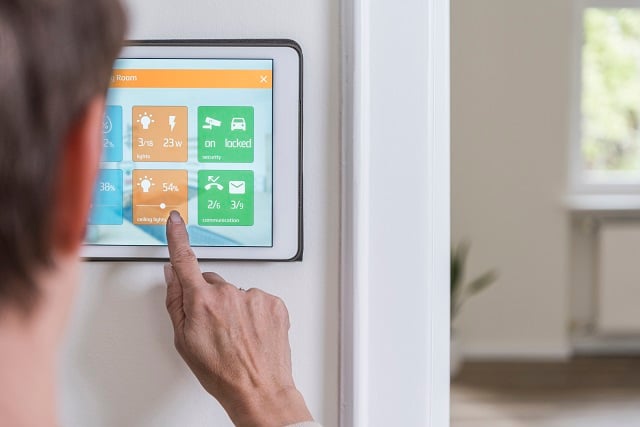
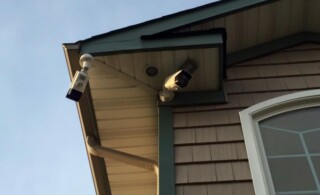 Surveillance Equipment
Surveillance Equipment 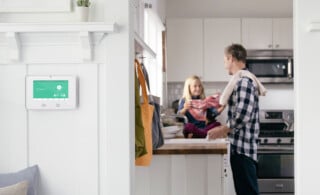 Top 5 Smart Home Trends for 2017
Top 5 Smart Home Trends for 2017  3 Smart Cooking Gadgets to Make Your Next Cookout a Success
3 Smart Cooking Gadgets to Make Your Next Cookout a Success 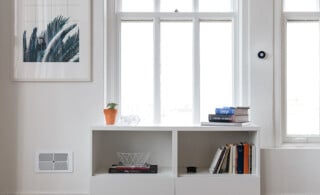 Get Smart: This Smart Vent CEO Wants Homeowners to Keep Their Cool
Get Smart: This Smart Vent CEO Wants Homeowners to Keep Their Cool 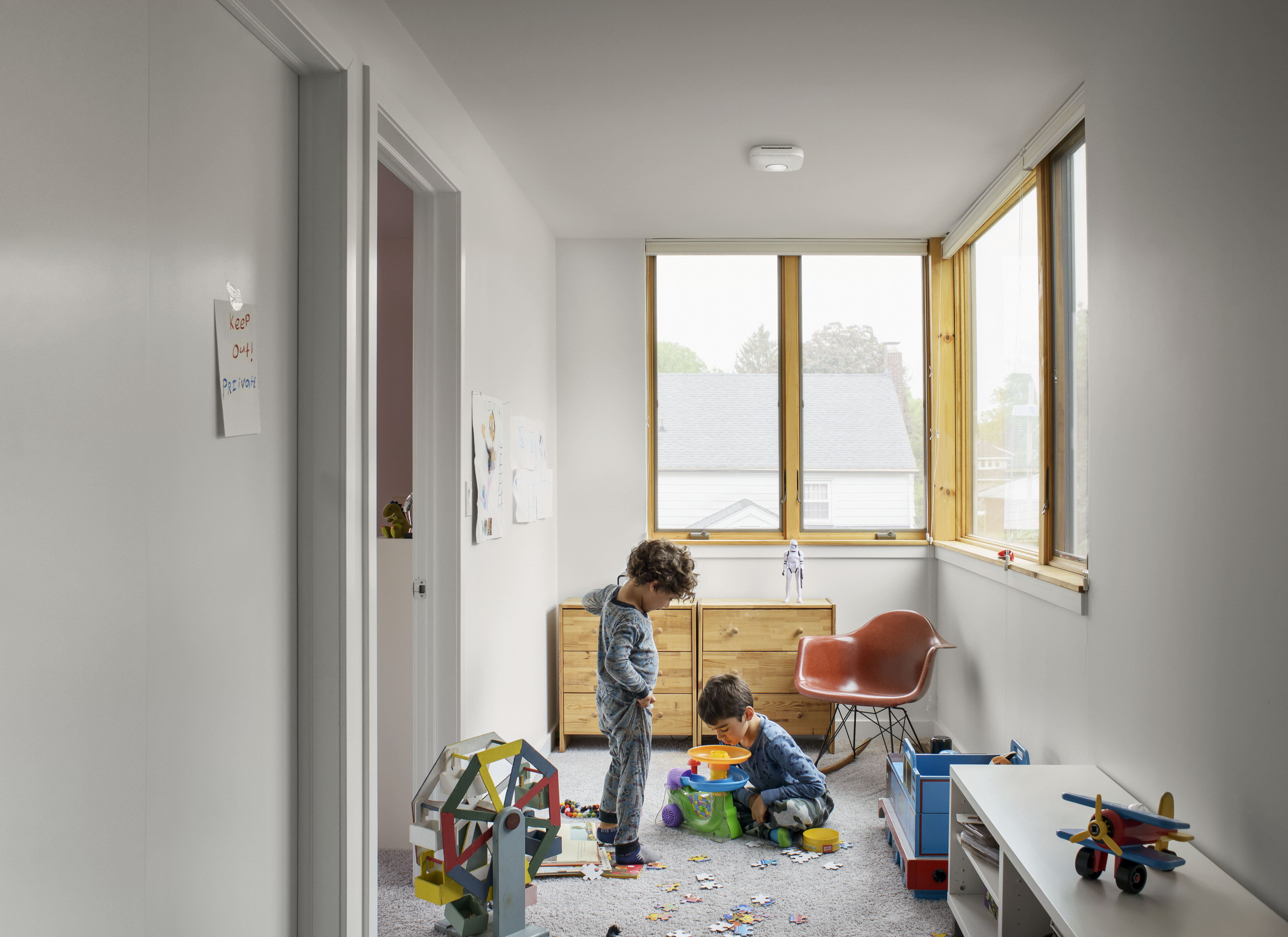 How to Choose the Best Smart Smoke Alarm
How to Choose the Best Smart Smoke Alarm 

Are You Familiar With This Topic? Share Your Experience.